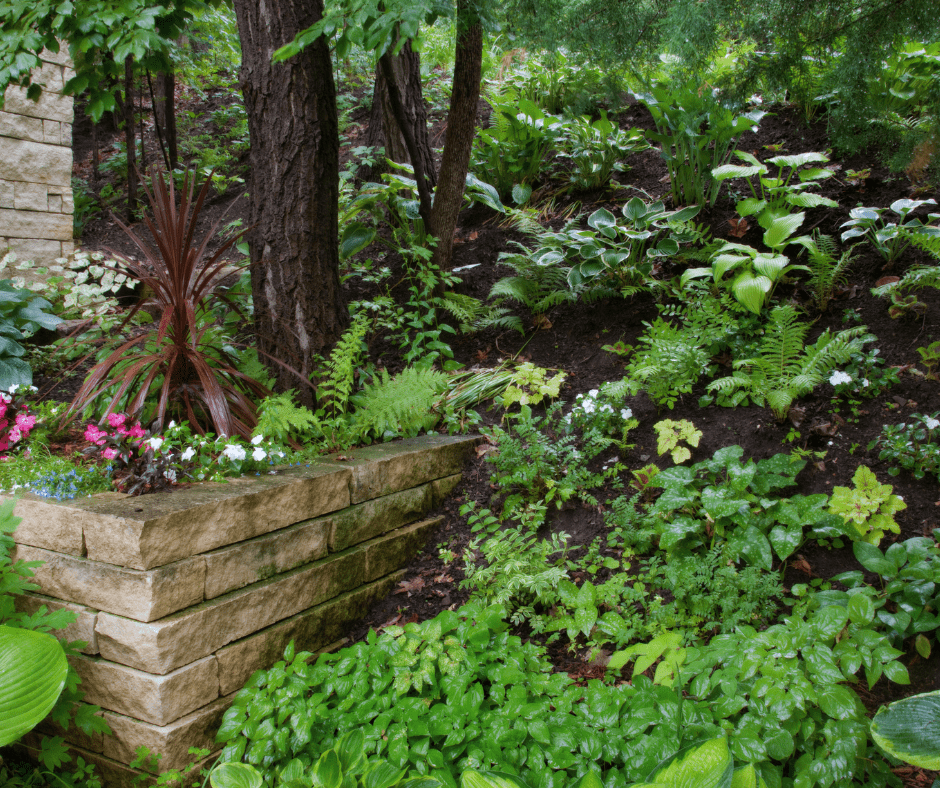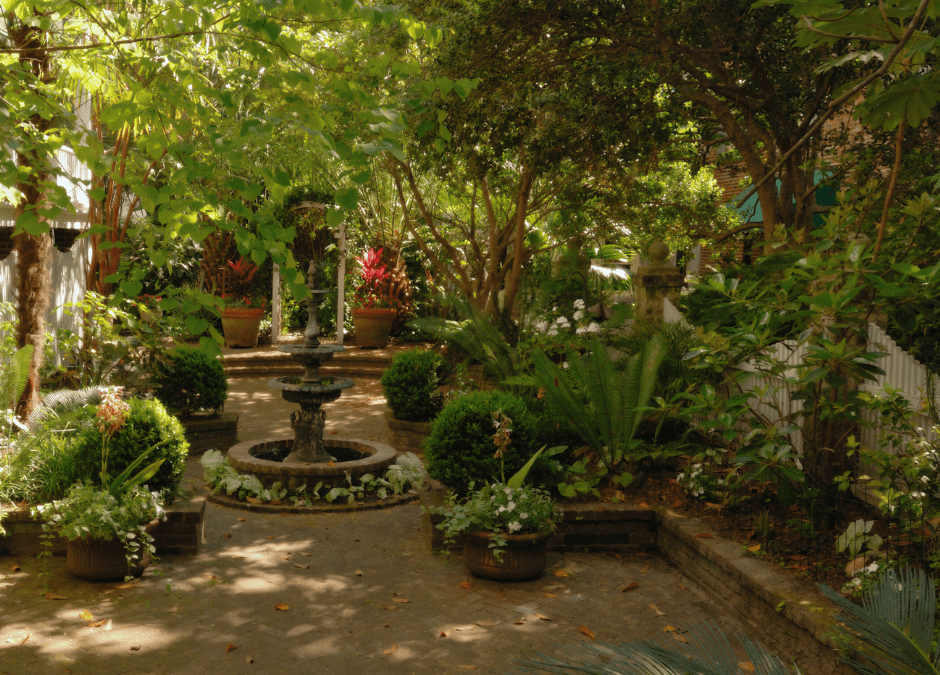While shade gardens, for the most part have less problems than sunny gardens, you still may find yourself dealing with a few inconveniences. Let’s take a look at a few common issues gardeners deal with when trying to establish new plants in these “sun shy” gardens and get a few tips for how to avoid or fix them.
Shade Plant Problems
First, one of the most prevalent issues is poor soil drainage. Shade gardens often reside in areas that retain more moisture, which can lead to root rot and other fungal diseases. In general, shade gardens don’t need quite as much watering days as sunny gardens do. But even normal watering in shade gardens can become a problem if the water pools up and takes too long to drain.
Consider amending the soil with organic matter like compost or installing raised beds to improve drainage. Couple this advice with really learning how to water your plants so you don’t overwater in shady areas. It’s also important to remember that watering needs change each season and so you need to make adjustments accordingly.
On the other hand, sometimes you have so many trees creating the shade that the roots of those trees suck up the water before your new garden plants are able to, creating what we’d call a “dry shade” area.
Help get your new shade plants established by forming a basin around the base of the plants (2-3″ of soil or mulch). Water by filling the basin with water. The focus of the water will go directly to the roots and not to neighboring competitive roots. This will greatly help your plants get established.
Another common problem is the presence of moss and algae, which thrive in damp, shady conditions. These can be managed by ensuring good air circulation by not overcrowding plants and, if necessary, thinning out overhanging branches to allow for a little more dappled light to penetrate.
Slug and snail infestations are also more frequent in shade gardens due to the moist environment. Regularly check for these pests and use barriers or organic slug pellets to keep them at bay. See our full plan for battling these slimy creatures here.
Finally, selecting the right plants is crucial. Opt for shade-loving perennials such as Cast Iron plant, ferns, ajugas, columbines, and astilbes, which are well-adapted to lower light conditions and can thrive where sun-loving plants might struggle. By understanding these common issues and taking proactive steps, your garden can become a lush, serene retreat with minimal hassle. Check out or video and take a look at our plant lists for some inspiration.

Types of Shade for Plant Light Exposure:
Learning what type of light exposure you truly have is important in order to successfully choose your plants for your garden. Learning the true shade levels your plants of choice truly need is also imperative.
Partial Shade: In summer, when the sun is most intense from 10AM – 6PM, there is either:
- 4-5 hours without direct sunlight on plants….
- or, a defined dappled pattern of equal sun and shade all day under trees whose leaves let sunlight through in a changing pattern.
Full Shade: Shade all day. Plants do not receive any direct exposure to the sun. Under such growing conditions, plants receive only reflected and indirect light.
Deep Shade: Shade all day. Plants do not receive even indirect or reflected light.
Thanks for reading!
~The Happy Gardener, Lisa Mulroy

